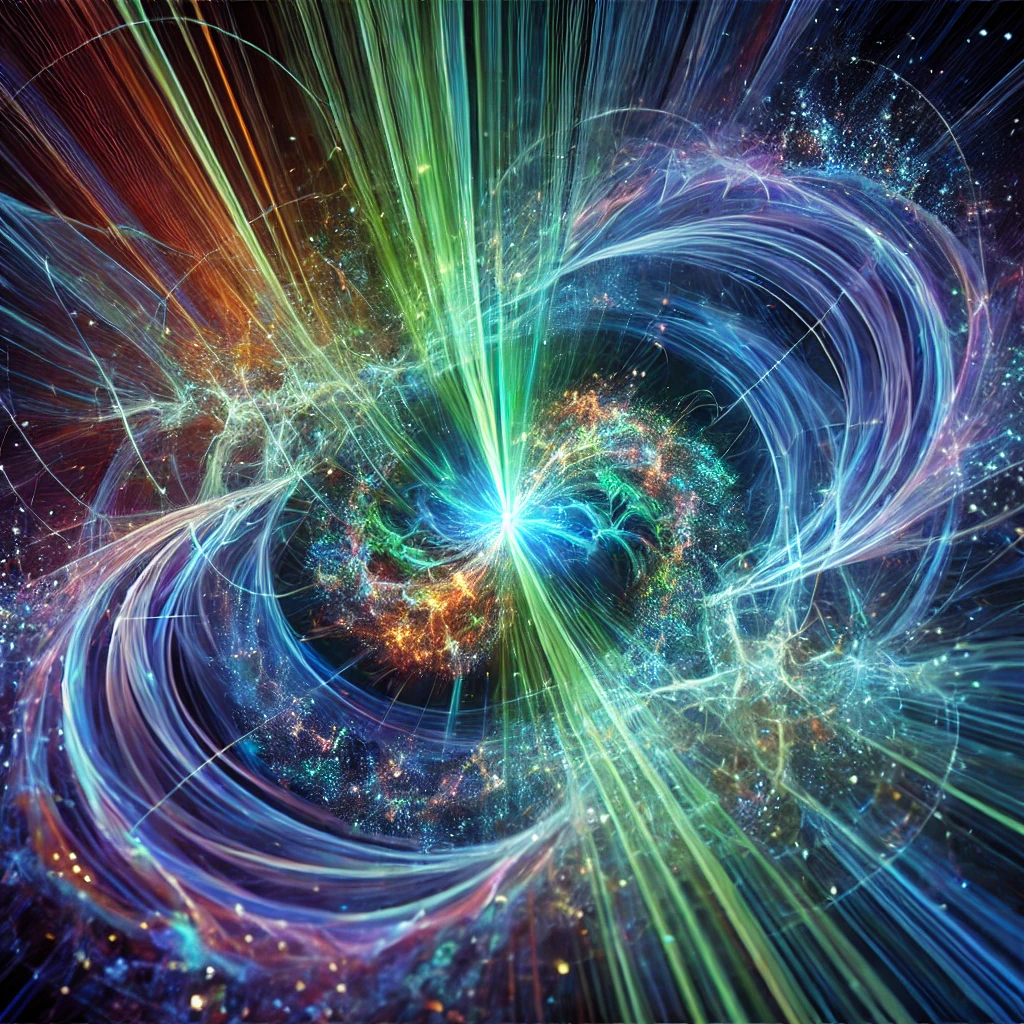F-HUB Visibility and Recognition
Since its launch, the Feldt–Higgs Universal Bridge (F-HUB) theory has established a growing presence within the global research ecosystem. It is now indexed, featured, or cited across a diverse range of academic and discovery platforms, including:
- Sciety.org and Sciety Labs – highlighted in article recommendations curated by eLife reviewers.
- Google Scholar – citation indexing and broad discoverability.
- ivySCI – AI-powered semantic indexing and theory classification.
- Scribd – publicly redistributed by independent science readers.
- ResearchGate, OSF, Zenodo, and Figshare – where the work has collectively reached over 3,950 views and 2,200 downloads.
- EverybodyWiki, Grafiati, and R Discovery – extending visibility to wider interdisciplinary audiences.
F-HUB has reached researchers in more than 30 countries, spanning professors, postdoctoral fellows, and doctoral candidates across Europe, Asia, and North America. On ResearchGate, it has garnered an Interest Score exceeding 53.9 and received over 140 peer recommendations to date.
Search Engine Recognition
F-HUB’s visibility has now extended into mainstream knowledge systems. When searching for phrases such as “new universal framework in physics,” both Google and Microsoft Bing surface the Feldt–Higgs Universal Bridge theory as a top-ranking result—often above institutional models.
Notably, Bing’s AI-powered Copilot lists F-HUB as:
- “The most ambitious universal framework, bridging quantum mechanics, general relativity, and thermodynamics through informational principles.”;
- “The most prominent new universal framework… distinguished by its mathematical rigour, testable predictions, and integration of holography, thermodynamics, and quantum theory.”; and
- ”F-HUB stands out as a novel, rigorously formulated framework proposing an informational foundation of mass, gravity, and spacetime”.
In its final recommendation, Bing identifies F-HUB as the leading candidate among competing models, highlighting its unique ability to reinterpret mass, gravity, and spacetime as emergent properties of quantum information.
This positioning is not the result of targeted promotion—it is a reflection of the theory’s structural integrity, testability, and resonance with modern AI-driven semantic indexing systems. It places F-HUB alongside peer-reviewed frameworks, demonstrating that even without institutional affiliation, novel scientific thinking can organically gain prominence within advanced digital discovery engines.
— Waldemar Feldt

The Feldt-Higgs Universal Bridge (F-HUB) Theory is named in honour of Peter Higgs, the visionary physicist whose groundbreaking work led to the discovery of the Higgs field, the mechanism responsible for giving mass to fundamental particles.
Higgs’ work was revolutionary, potentially misunderstood, and far ahead of its time. His insight—that a field must exist to give particles mass—was one of the greatest breakthroughs in modern physics. However, while the Higgs field explains how mass is assigned, it does not fully answer why mass exists in the first place or how it connects to the deeper structure of reality.
F-HUB builds upon Higgs’ legacy, proposing that mass, spacetime, entropy, and even cosmic expansion emerge from structured quantum information itself. The importance of the Higgs field extends far beyond its currently understood role, as it also serves as a fundamental boundary between energetic states and matter—a connection that is critical in Part Two (Life) of F-HUB, where we derive links between observation, entropy, and the expansion of the universe.
Moreover, F-HUB Part Three (Death) will further expand on the role of the Higgs field, pushing its implications beyond physics into the deeper nature of existence, information, and even consciousness.
As for the name, we initially chose F-HUB simply because it abbreviates well and is easy to remember. However, as the work continues to unfold, we recognise its potential to gain broader recognition. If it does, it will be because the theory holds true, resonates with those seeking deeper answers, and expands upon the foundational work of those who came before us.
Far from replacing Higgs’ contributions, F-HUB seeks to complete the picture, bringing clarity to the mechanisms that govern mass, gravity, and the evolution of the universe itself.
Born from a relentless pursuit of understanding, F-HUB emerged as a groundbreaking framework bridging mass, gravity, entropy, and spacetime into a unified theory. Rooted in rigorous mathematics and testable predictions, it challenges conventional physics while enhancing our understanding of reality. More than a theory, F-HUB is a paradigm shift an invitation to explore the very fabric of existence.
What is F-HUB?
F-HUB (Feldt-Higgs Universal Bridge) is a revolutionary framework that unifies mass, gravity, entropy, and spacetime into a single, coherent model.
It redefines reality by explaining how structured information forms the foundation of the universe, bridging quantum mechanics and cosmology into a seamless theory.

How Does F-HUB Work?
F-HUB proposes that mass, generated by the Higgs field, creates gravity, which in turn drives entropy, structuring spacetime itself.
This process transforms raw information into the physical world, following precise mathematical laws that can be tested and validated, making F-HUB a breakthrough in theoretical physics.












